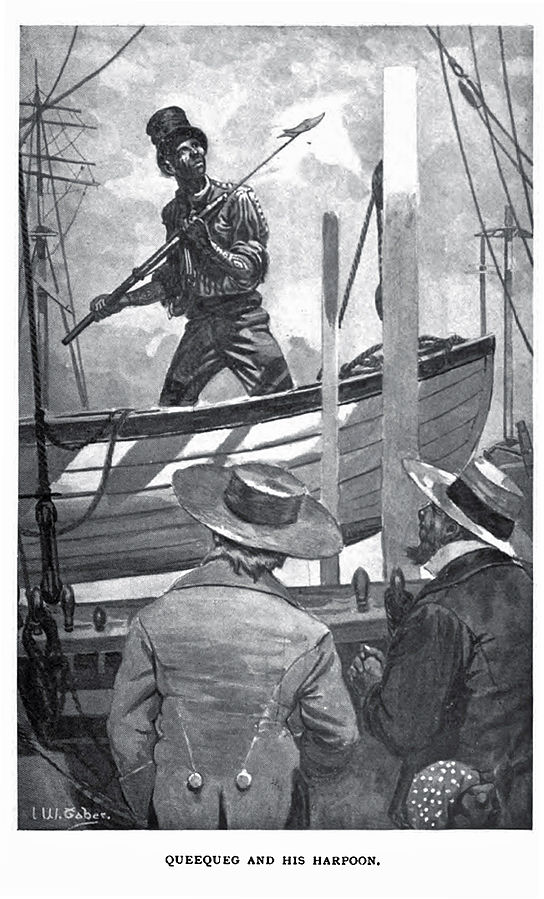
What are the cultural divides within our countries? How well can we ever understand one another across those divides? A Filipino poem about an indigenous boy, published in this month’s Words Without Borders, grapples with this question and hints at the risks of looking at another human being as if he is “a fish/ in an aquarium.”
Written by M. J. Cagumbay Tumamac and entitled “A Planned Brief Documentary on a Teenage Boy in a Badjao Village,” the poem is in the form of notes for a film documentary, intercut with the unspoken thoughts of the documentary’s subject, a teenage boy from the indigenous Sama Dilaut community.
Although the poem is structurally complex, translator Kristine Ong Muslim has rendered it into clear English; it is also available in the original Filipino (both text and audio.) This challenging but rewarding poem can help students explore questions of representation and understanding across cultural divides.
Context and Analysis
Jade Mark Capiñanes’ essay “Abal,” mentioned in Tumanac’s introduction to the poem, provides valuable historical context and is well worth reading and assigning to students. In the essay, Capiñanes explains that the Sama Dilauts are native sea dwellers who lost access to their traditional routes—and means of sustenance—in the modern era. Today, many Sama Dilauts are indigent, forced to beg in the nation’s cities. They are also known for (and exoticized for) their diving abilities.
The introduction to the issue, co-written by Ong Muslim, provides additional context and underscores the absurdity of any “monolithic” approach to the Philippines archipelago, where more than150 different languages are spoken. In recent years, a “vigorous stream of writing” from previously under-represented cultures and regions has born witness to the vast creative potential of this diversity.
There is also, of course, the potential for misunderstandings born of cultural ignorance. In Tumamac’s poem, the directors of the fictional documentary seem to see the boy-subject mainly as an embodiment of cultural tropes. In the film’s first frames, they will “bring up the statistic/ of fifty fathoms for a free-diving Sama such as yourself,” and show the boy “within visual proximity/ of the setting sun.” Perhaps the sun is meant to symbolize a native culture in decline.
What does the boy think of all this? In his parenthetical “first entry,” he reflects that:
( . . . there is no exploring
the abyssal hiding place of moon and sun under the sea
and the difference between depth and breadth cannot be fathomed.)
The poem is published with an audio file of the author’s reading of the poem in the original Filipino – which, in an irony of which the poet is well aware, is not the language spoken by the boy in the poem.
Potential Classroom Activities
1. As an assignment or discussion question for literary analysis, you might have students respond to the quotation below, which comes from the essay mentioned in the poem’s introduction:
. . . I think naming implies that I know exactly who my characters are. But the point of the story is that I still do not know them, in the same way the protagonist finds it difficult to know and accept her true identity.
You might ask: What does this comment suggest about the poet’s choice not to name the boy at the center of the “planned documentary”? Do you agree with the author’s opinion about the power of a name?
2. In a class that integrates current events and literature, students might also explore diversity and cultural division within their schools, communities, or regions.
- What are the different cultural, linguistic, and other groups?
- What are some current areas of misunderstanding or stereotyping between groups?
- How did these issues arise? What can we do about them?
Literary Pairings
Several contemporary poems from WWB Campus’s Mexico unit would pair well with “A Planned Brief…”, as part of an exploration of identity and representation. Both poems are written from within the cultures they describe—-but, as an educator at a WWB PD session recently pointed out, the authors are male and the subjects are female. You might ask students: “How does that fact influence our readings of the poems? Should it influence our reading? Do the portrayals of the women seem to ring true? ”
- Marias Mazahuas (See Teaching Idea 3)
- Purépecha Mother
“A Planned Brief…” would also pair well with the Japanese essay Director’s Notes on “Sway,” a memoir that grapples with the intersections and discontinuities between film and “real life.”
And, of course, there is also the classic novel Moby Dick—in which the sea is also a metaphor, and an indigenous character is also exoticized.

Illustration of Queequeg and his harpoon from 1901 edition of Moby Dick, published by Scribner and Sons. By I. W. Taber, public domain.
Further Exploration
For students and educators interested in literary culture in the Philippines, we recommend the current issue of Words Without Borders and the Cotaboto Liteary Journal, where the essay “Abal” appeared.
For educators interested in Filipino and worldwide cultural studies, we recommend Kritika Kultura.






